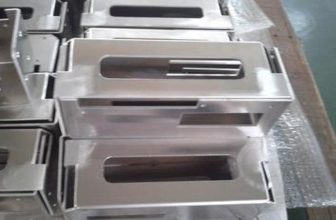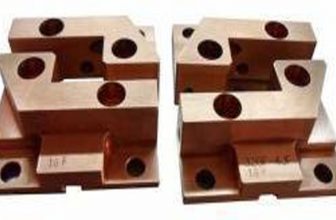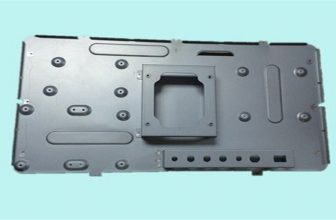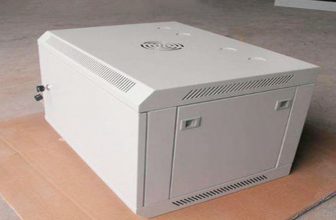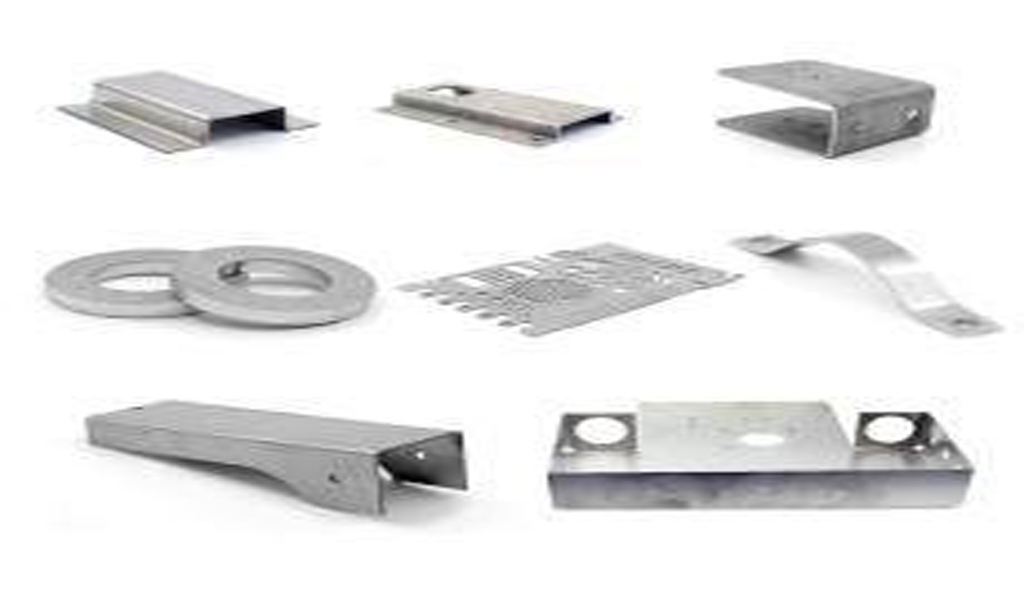
1. Deformation of flanging plastic parts
In the process of flanging and shaping, the deformation of the parts often occurs. In non-surface parts, it generally does not have much impact on the quality of the parts, but in surface parts, as long as there is a little deformation, it will bring a great deal to the appearance. Large quality defects affect the quality of the vehicle.
reason:
Due to the deformation and flow of the sheet during the forming and flanging process of the workpiece, if the pressing material is not tight, it will deform;
2. When the pressing force is large enough, if the pressing surface is not uniform and there are some gaps, the above situation will also occur.
Solution:
Increase the pressing force, if it is a spring pressing material, the method of adding a spring can be used, and the method of increasing the air cushion force is usually used for the upper air cushion pressing material;
If there is still local deformation after increasing the pressure, you can use Hongdan to find out the specific problem point and check whether there is a local depression on the pressing surface. At this time, the method of welding and repairing the pressing plate can be used;
After the pressure plate is welded, it is ground with the lower surface of the mold.
2. Knife edge chipping
The chipping of automobile stamping parts due to various reasons in use will have a certain impact on the quality of the parts. It is one of the common repair contents in mold repair. The steps for repairing the chipping edge are as follows:
- 1. According to the situation of chipping, if the chipping is very small, it is usually necessary to use a grinder to grind the chipped edge larger to ensure that the welding is firm and it is not easy to chip again;
- 2. Use the corresponding electrode for welding. At present, we use the D332 electrode for surfacing welding of the cutting edge. Before surfacing welding, be sure to select the repaired datum surface, including gap surface and non-gap surface;
- 3. Smooth the non-clearance surface of the cutting edge (refer to the benchmark left in advance);
- 4. Scribe against the transition piece. If there is no transition piece, the gap surface can be roughly ground with the reference left in advance;
- 5. The gap surface can be repaired on the machine, and clay can be used to assist in the preparation. Be careful in the repairing process, start the press as slowly as possible, and adjust the height of the die to open downwards if necessary to avoid the phenomenon of knife edge gnawing;
- 6. The knife edge gap should be reasonable. For the steel plate stamping die, the unilateral knife edge gap should be 1/20 of the thickness of the plate. However, in the actual operation process, the size of the gap can be checked by the method of test punching of the sheet, as long as the burr of the workpiece after shearing meets the requirements. In general, the criterion for the size of the burr is that the height of the burr is not greater than that of the plate. 1/10 of the thickness of the material;
- 7. Detect whether the gap surface of the knife edge is the same as the cutting direction;
- 8. After the gap is set, use the oil stone to push the gap surface of the knife edge smooth to reduce the friction between the sheet and the knife edge and the resistance of the scrap falling during production.
3. Pull the hair
Edge chipping mainly occurs in the processes of drawing, forming and flanging.
Solution:
- 1. First, find out the position of the corresponding pulling of the mold according to the workpiece;
- 2. Use the oil stone to push the corresponding position of the mold, and pay attention to the uniform size of the rounded corners;
- 3. Use fine sandpaper to push the mold along the part for polishing, and the sandpaper should be above 400 gr.
4. Trimming and punching strips
The main reason for trimming and punching strips is that the pressing or unloading device of the mold is abnormal during trimming or punching.
Solution:
Find the corresponding part of the mold according to the part of the part belt;
Check whether there is any abnormality in the mold pressure release plate;
Repair welding on the corresponding parts of the pressing plate;
The welding repair parts are smoothed in combination with the parts, and the specific profile and process parts are prepared;
test flush;
If the inspection is not the problem of the mold pressing and stripping plate, you can check whether the knife block of the mold is scratched.
5. The waste is cut continuously
Aiming at the phenomenon of continuous cutting of scrap, first analyze why it does not cut continuously. The main reason is that the operator did not clean up the scrap in time during the production process, resulting in the accumulation of scrap, and then caused the scrap knife under the pressure of the upper trimming knife block. Chipping, the repair method is similar to the method of trimming and chipping, so I will not introduce it in detail here, but it is necessary to pay attention to the height of the trimming blade during the repair process. If it is repaired too high, it will cause the interference between the knife block and the upper trimming knife block, which will cause the scrap knife block to be damaged again; if it is repaired too low, it will cause the phenomenon of continuous scrap cutting. Therefore, when repairing the scrap knife, not only the knife block should be considered. the clearance surface, and the height of the cutter block is also very important. It is more difficult to repair than a simple knife edge chipping. But as long as the datum plane is selected before repairing, repairing can be done with ease.
6. Burr
When trimming, punching and blanking, the parts are prone to have excessive burrs. The main reasons for the burrs are the large edge clearance of the die and the small edge clearance:
When the gap is large: the bright band on the section is very small or basically invisible, and the burr is thick and large, which is not easy to remove;
Small gap: There are two bright bands on the section. Due to the small gap, the burr is characterized by high and thin.
Repair method when the gap is large:
- 1. In the trimming and punching process, the punch is not moved and the punch is trimmed, while the blanking process is based on the punch, that is, the size of the punch is unchanged, and the punch is trimmed. The above difference is to ensure that the product size is not affected before and after repair;
- 2. Find the part with the large edge clearance of the die facing the workpiece;
- 3. Use the corresponding electrode (D332) to repair this part to ensure the hardness of the die edge;
- 4. Repair the knife edge gap (the method is the same as the knife edge chipping method).
Repair method for gap hours:
- 1. The specific situation should be adjusted according to the size of the mold gap to ensure a reasonable gap. For the trimming punching die, the gap is placed in the die, and for the blanking die, the method of enlarging the punch should be used to ensure that the size of the part remains unchanged before and after repair;
- 2. After the repair is completed, measure the verticality of the gap surface, and use the plate to test whether the knife edge gap meets the reasonable requirements.
For the punching die, after the burr is generated, if the punch or die is worn, it can be replaced by the corresponding standard parts. If there are no standard parts, it can be manufactured by repair welding or surveying and mapping. In addition, it is particularly pointed out that for materials with poor welding performance such as alloy steel materials, special treatment should be carried out before welding, such as: preheating, etc., otherwise it will cause cracking of the mold.
7. Punching waste is blocked
Clogging of punching waste is a common type of failure in punching dies. The reasons are probably: the waste channel is not smooth, the waste channel has an inverted taper, and the waste is not cleaned in time.
reason:
- 1. The mold is not smooth, and there are fabrication lines on its surface;
- 2. The mold has an inverted taper, causing the waste channel to be large and small and the waste to be blocked.
Repair method:
As long as the A and B sides are in a smooth and equal diameter state, it can be ensured that the waste will not be blocked.
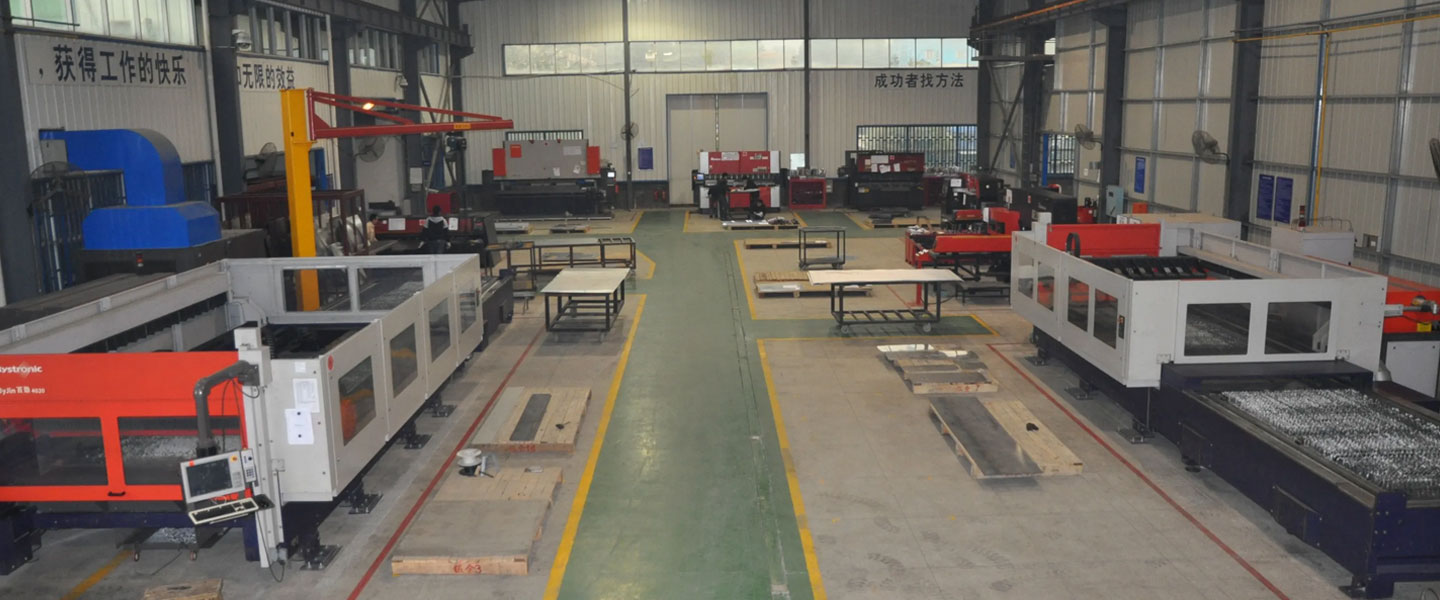
Pintejin Sheet Metal shop offers a cost-effective solution for a wide range of industries with our custom metal stamping and custom sheet metal fabrication capabilities. Our stampnig operations include a variety of sheet-metal forming manufacturing processes, such as punching, blanking, embossing, bending, flanging, and coining. Our professional, experienced and well-trained engineers can execute the complex metal stamping operations with precision and accuracy.
No matter what your metal fabrication needs are, Pintejin can offer the right solution: from single sheet metal part or sub-assembly of stamped metal parts to turnkey solutions for mechanical and electrical assemblies. We have the technology, equipment and the experience to fabricate customised metal products from aluminium sheet metal fabrication, steel, zinc plated steel, stainless steel sheet metal fabrication, brass and copper. Designs that require CNC machining of surfaces or components can be accommodated. We can supply polished, galvanized, zinc coated or powder coated finishes for any sheet metal work or stamped metal components. Coupled with our accurate and reliable metal fabricating equipment, we guarantee precision and repeatability in custom sheet metal work. You’ll be taking advantage of the best sheet metal fabrication china can produce.



